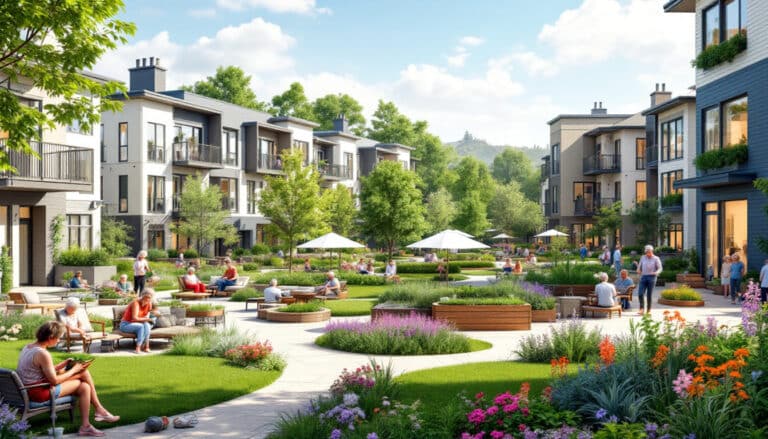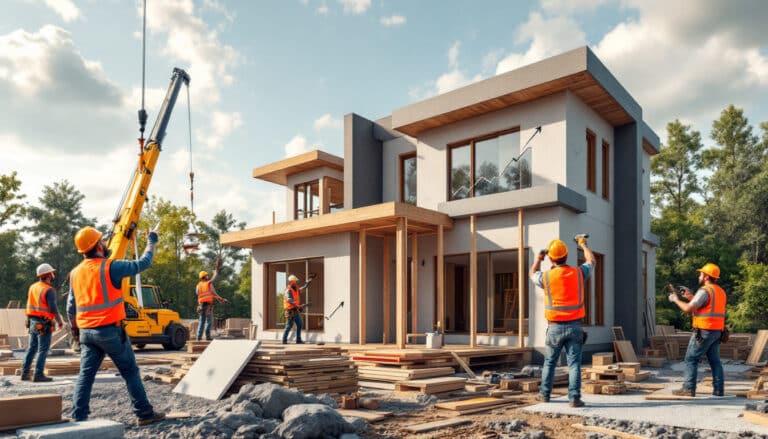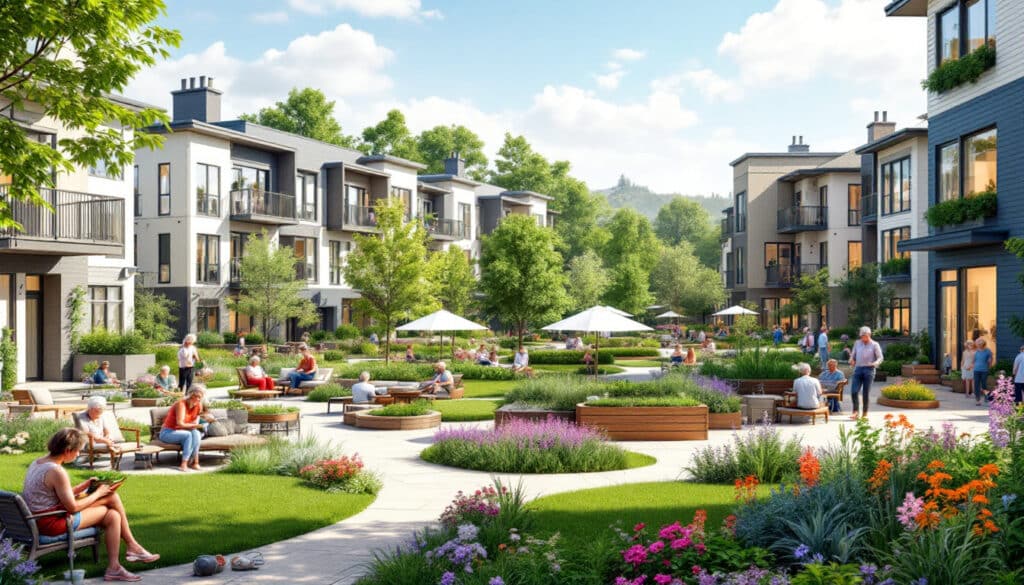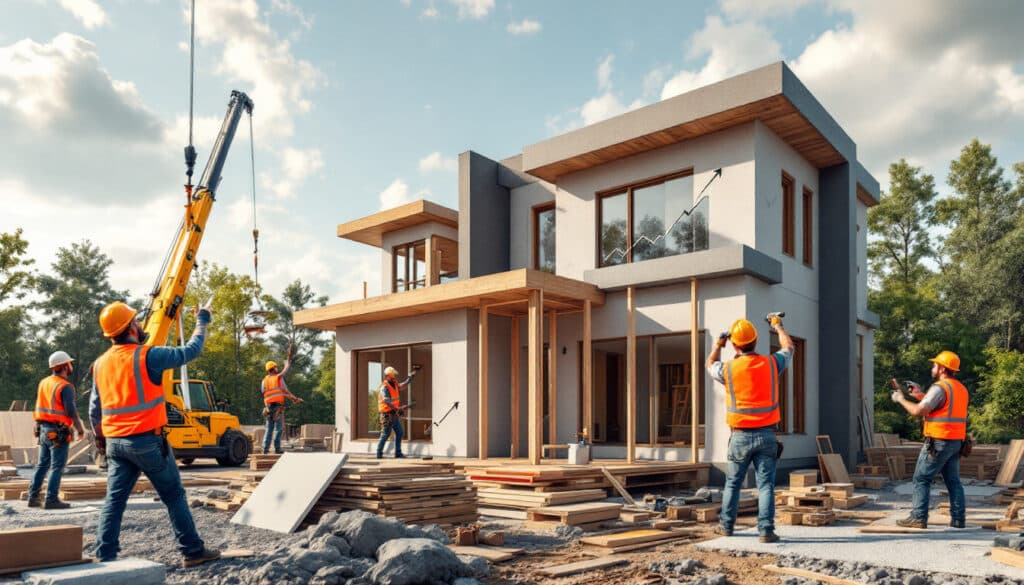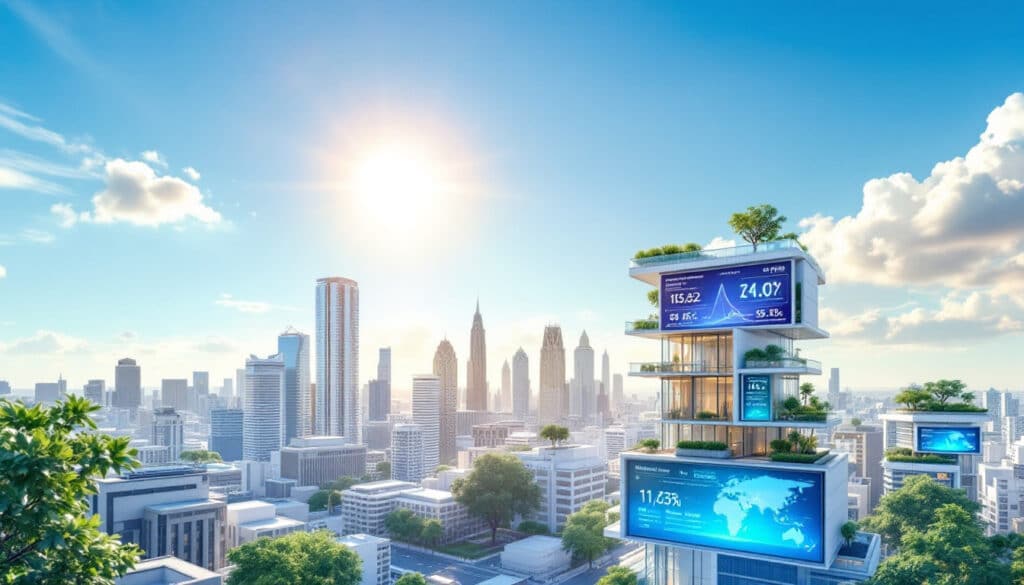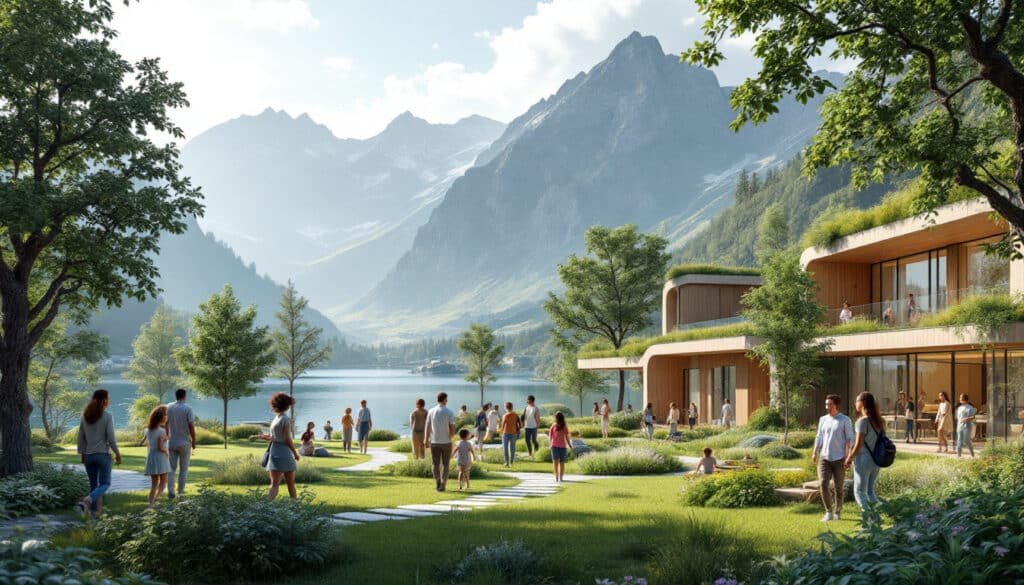Bjarke Ingels is a Danish architect and the founder of Bjarke Ingels Group (BIG), an architectural firm which has established itself as a pioneer in the field ofinnovative architecture And ecological. By integrating principles of sustainable approach and solutions socially responsible, Ingels envisions a future where cities are designed in harmony with their environment. His projects, such as Urban Rigger floating apartments and the famous Copenhill, illustrate this vision, combining design, comfort and respect for nature. Ingels defends the idea that each architectural project can and must contribute to a sustainable urban development, thus transforming our relationship to urban space and resources.
Table of Contents
ToggleBjarke Ingels’ vision for sustainable urban planning
Bjarke Ingels, Danish architect, embodies a new era ofurban planning which emphasizes eco-responsibility and innovation. At the head of his office Bjarke Ingels Group (BIG), he challenges traditional conventions by proposing projects that harmoniously combine architecture and sustainability.
Ingels designs urban spaces that are not only aesthetic, but also functional and environmentally friendly. Its philosophy is based on the principle that architecture must serve the common good and promote social interaction. He firmly believes that the future of cities relies on sustainable solutions that respond to contemporary challenges while preserving the integrity of our planet.
Among its emblematic achievements are innovative concepts, such as floating housing in containers or leisure infrastructures that integrate nature into the urban landscape. These elements demonstrate his bold vision of a urban planning which transcends simple construction to provide enriching and livable experiences. Thanks to his approach, Ingels is shaping the future of our cities, by promoting a sustainable life cycle at the very heart of modern architecture.
Biography of Bjarke Ingels and the Future of Eco-Responsible Urban Planning
Renowned Danish architect, Bjarke Ingels is an emblematic figure of contemporary architecture. Born in 1974, he founded the Bjarke Ingels Group (BIG) in 2005, a firm which quickly established itself as a world reference in matters ofinnovative architecture. With more than 15 years of experience, Ingels stands out for its ability to combine aesthetic, sustainability And innovation social, thus transforming the way we perceive urban space.
Ingels has always aimed to design projects that not only beautify cities, but also contribute to their sustainable development. At the heart of his philosophy, he promotes the idea thatarchitecture must be integrated into its environment, respecting natural resources while meeting the needs of communities. Each BIG project is therefore designed with an eco-responsible vision, seeking to minimize its ecological footprint while promoting social interaction.
Bjarke Ingels’ achievements cover a wide range of projects, from floating apartments Urban Rigger in Copenhagen with more ambitious infrastructures such as Copenhill, an energy recovery plant transformed into a ski resort. These projects perfectly illustrate his ability to reinvent spaces by abandoning traditional construction standards, placing emphasis instead on sustainability and theinnovation.
In an ever-changing world, Ingels predicts that cities will need to rethink their urban planning to face environmental challenges. Future projects, according to him, must integrate natural elements in order to create more habitable And sustainable. He defends the idea that urban planning must adapt to climate change, integrating solutions such as urban parks, rainwater management systems and renewable energy infrastructure.
The concept of “ethical architecture” is also central to Bjarke Ingels’ approach. It is about designing buildings which not only meet aesthetic and functional criteria, but which also take into account their social impact. Its projects, such as the Seguin Island neighborhood and other initiatives around the world, aim to redefine the relationships between users and their living spaces.
Smart cities are also a major concern for Ingels. Through his work, he explores how technology can improve the quality of urban life while remaining in harmony with nature. This includes the integration of digital tools to monitor energy consumption or the implementation of sustainable public transport in new infrastructure.
By revisiting thearchitecture and theurban planning, Bjarke Ingels not only left his mark on his era, but he also paved the way for a new vision of our urban future. Its projects embody the idea that the future of our cities can and must be sustainable, and that it is possible to build spaces that are both functional And synchronized with the needs of our planet and its inhabitants.
FAQ about Bjarke Ingels and the future of eco-responsible urban planning
Who is Bjarke Ingels? Bjarke Ingels is a Danish architect recognized for his innovative and eco-responsible architectural concepts which have marked the evolution of modern urban planning.
What is the main objective of Bjarke Ingels Group (BIG)? BIG’s main mission is to create projects ecological, hard, And socially responsible which integrate into their environment and improve the quality of life of residents.
What types of projects has BIG carried out? BIG has carried out various projects, such as sustainable buildings, innovative public spaces and housing designed from reused or recycled materials.
How does BIG approach eco-responsible architecture? BIG favors the use of sustainable materials and designs that minimize environmental impact while maximizing the comfort and functionality of the spaces created.
What are some examples of iconic projects by Bjarke Ingels? Among BIG’s most notable projects are the Copenhill, an energy recovery plant transformed into a leisure space, and the Urban Riggers, floating apartments made from recycled containers.
What is Bjarke Ingels’ philosophy on urban planning? Ingels defends a vision of urban planning where innovation, sustainable development and the community are at the center of concerns, aiming to create inclusive and harmonious spaces.
How does Bjarke Ingels influence the future of cities? Through his innovative projects and ideas, Bjarke Ingels inspires urban transformations that integrate sustainable and functional solutions, proposing a new way of designing the cities of tomorrow.

